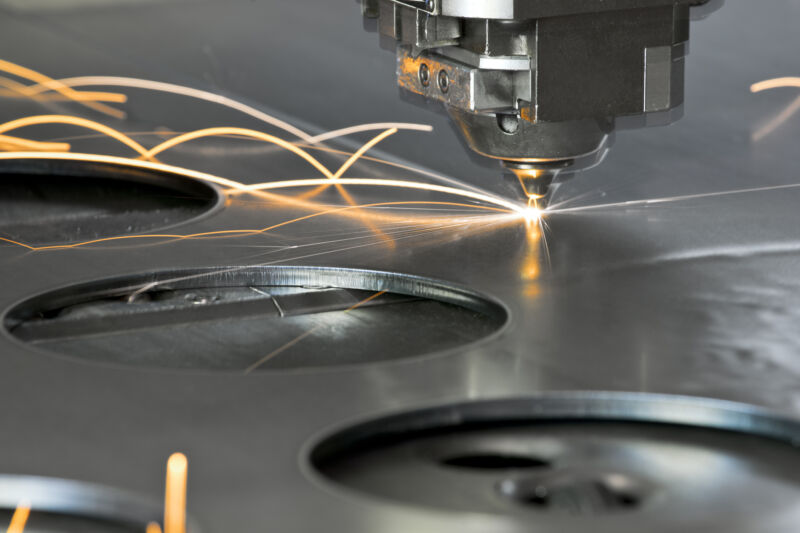
Enlarge / Cutting metal with lasers is hard, but even harder when you don’t know the worst-case timings of your code. (credit: Getty Images)
But officialness still matters, and in the 6.12 kernel, PREEMPT_RT will likely be merged into the mainline. As noted by Steven Vaughan-Nichols at ZDNet, the final sign-off by Linus Torvalds occurred while he was attending Open Source Summit Europe. Torvalds wrote the original code for printk, a debugging tool that can pinpoint exact moments where a process crashes, but also introduces latency that runs counter to real-time computing. The Phoronix blog has tracked the progress of PREEMPT_RT into the kernel, along with the printk changes that allowed for threaded/atomic console support crucial to real-time mainlining.
Read 3 remaining paragraphs | Comments






